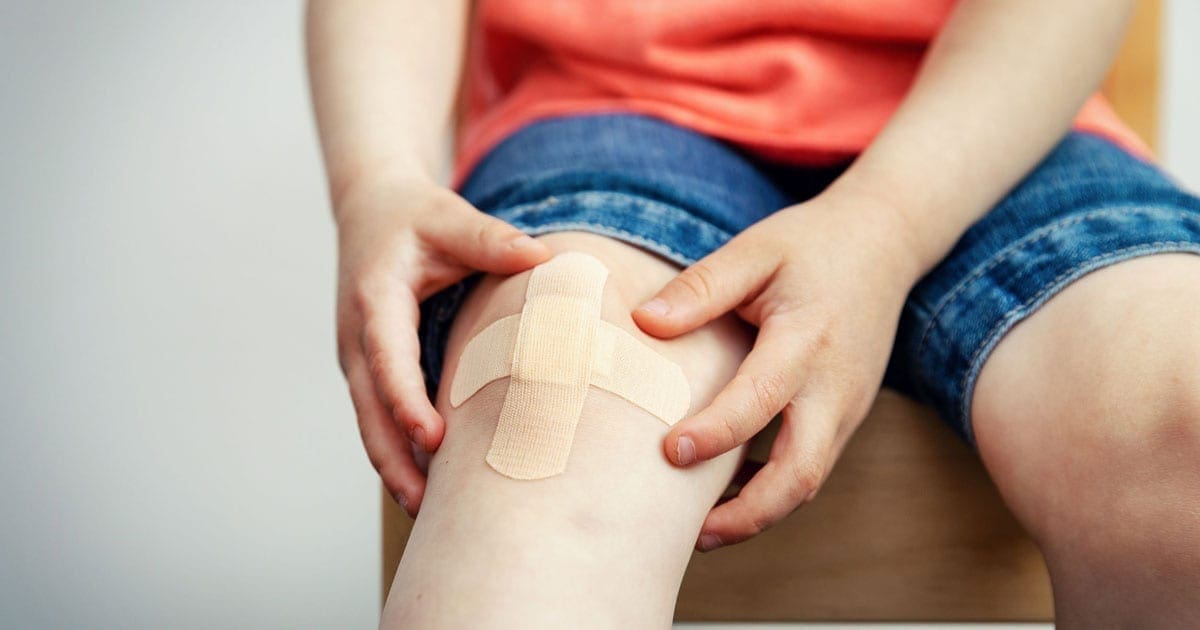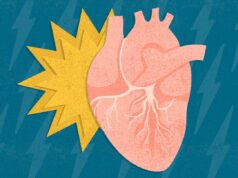
When it comes to providing first aid in times of illness or injury, safety is paramount. It is important to take the necessary precautions to prevent the further spread of disease and protect both those who are receiving assistance as well as those providing it.
As such, this article will provide an overview of strategies for safe first aid and disease transmission prevention that can be applied in any number of scenarios. From understanding how germs and diseases spread to hygiene tips for medical professionals, we will cover all the key elements needed to ensure a safe experience when dealing with potentially hazardous situations.
With these measures in place, you can rest assured knowing you are taking all possible steps towards keeping everyone involved healthy and safe.
Page Contents
Identifying and Treating Wounds
When it comes to providing first aid, being able to identify and treat wounds is key. The biggest concern is preventing further infection or injury, which means assessing a wound for its severity and using the appropriate treatment for that particular type of wound.
Minor cuts can be treated with basic antiseptic solutions like iodine or hydrogen peroxide while deeper lacerations may require stitches to properly close the wound. In cases of severe trauma, medical personnel should always be consulted before any action is taken.
Additionally, proper techniques must be employed when dealing with open wounds as they are more prone to carry infectious agents like bacteria or viruses from one person to another; gloves should always be worn when treating an open cut or laceration. By following these guidelines on identifying and treating wounds during first aid situations, transmission of disease will hopefully remain limited.
Administering Basic First Aid Techniques

Administering basic first aid techniques can be a challenging process, as the risk of transmitting infection must always be taken into account. It is important to understand the principles and strategies for providing safe assistance while still ensuring that adequate medical care is provided in times of need.
Knowing when it is appropriate to perform certain procedures such as wound cleaning and bandaging will help reduce the chances of further injury or illness. Additionally, understanding proper sanitation protocols and personal protective equipment (PPE) best practices should also become part of any response plan. By following these guidelines, individuals can provide helpful assistance while minimizing their own risk for disease transmission.
Recognizing Signs of Serious Illness or Injury
Recognizing signs of serious illness or injury is a key part of providing safe assistance in first aid and disease transmission. It requires an understanding of the body’s natural warning signs, such as difficulty breathing, chest pain, dizziness or confusion, sudden weakness or numbness in any part of the body, severe abdominal pain, and changes in mental status. These may be indicative of a medical emergency that requires immediate attention.
By recognizing these signals quickly and responding appropriately to them with appropriate first-aid techniques or by seeking professional help when needed, we can prevent further complications from occurring due to delays in treatment.
Conclusion

Providing first aid assistance to someone in need can be a daunting task, but it is an important responsibility that should not be taken lightly. To ensure safe and effective assistance, it is critical to understand the risks of disease transmission when providing care.
Following the appropriate safety protocols, such as wearing gloves and washing hands frequently, can help reduce the risk of spreading germs while still providing quality care. Additionally, individuals wanting to expand their knowledge on this subject may want to consider taking a CPR Certification course at https://cprcertificationnow.com/products/cpr-certification which covers essential information for safely administering first aid and preventing disease transmission during emergencies. Taking these precautions will help ensure that those in need receive quality care without compromising anyone’s health or safety.































